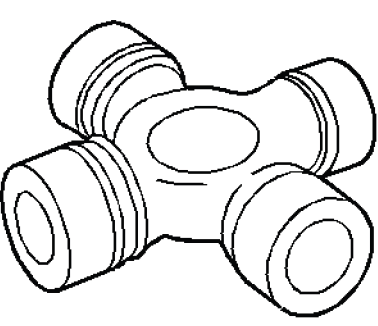Buick Enclave: Description and Operation
HEATING AND AIR CONDITIONING SYSTEM DESCRIPTION AND OPERATION
Engine Coolant
Engine coolant is the key element of the heating system. The engine thermostat controls the normal engine operating coolant temperature. The thermostat also creates a restriction for the cooling system that promotes a positive coolant flow and helps prevent cavitation. Coolant enters the heater core through the inlet heater hose, in a pressurized state. The heater core is located inside the HVAC module. The ambient air drawn through the HVAC module absorbs the heat of the coolant flowing through the heater core. The HVAC module distributes heated air to the passenger compartment for consistent passenger comfort. Opening or closing the HVAC module temperature door controls the amount of heat delivered to the passenger compartment. The coolant exits the heater core through the return heater hose and is recirculated back through the engine cooling system.
A/C Cycle
The auxiliary A/C system operates from the vehicles primary A/C system. The front or primary A/C system must be ON to allow the rear A/C system to function.
Refrigerant is the key element in an air conditioning system. R-134a is presently the only EPA approved refrigerant for automotive use. R-134a is an very low temperature gas that can transfer the undesirable heat and moisture from the passenger compartment to the outside air.
The A/C compressor is belt driven and operates when the magnetic clutch is engaged. The compressor builds pressure on the vapor refrigerant. Compressing the refrigerant also adds heat to the refrigerant. The refrigerant is discharged from the compressor, through the discharge hose and forced to flow to the condenser and then through the balance of the A/C system. The A/C system is mechanically protected with the use of a high pressure relief valve. If the high pressure switch were to fail or if the refrigerant system becomes restricted and refrigerant pressure continued to rise, the high pressure relief will pop open and release refrigerant from the system.
Compressed refrigerant enters the condenser in a high temperature, high pressure vapor state. As the refrigerant flows through the condenser, the heat of the refrigerant is transferred to the ambient air passing through the condenser. Cooling the refrigerant causes the refrigerant to condense and change from a vapor to a liquid state.
The condenser is located in front of the radiator for maximum heat transfer. The condenser is made of aluminum and aluminum cooling fins, which allows rapid heat transfer for the refrigerant. The semi-cooled liquid refrigerant exits the condenser and flows through the liquid line. The liquid line is split and the liquid refrigerant flows to both the front and rear thermal expansion valves.
There is a front and rear thermal expansion valve that is attached to the front and rear evaporators. The thermal expansion valve is the dividing point for the high and the low pressure sides of the A/C system. As the refrigerant passes through the thermal expansion valve, the pressure of the refrigerant is lowered. Due to the pressure differential of the liquid refrigerant, the refrigerant will begin to vaporize at the thermal expansion valve. The thermal expansion valve also meters the amount of liquid refrigerant that can flow into the evaporator.
Refrigerant exiting the thermal expansion valve flows into the evaporator core in a low pressure, liquid state.
Ambient air is drawn through the HVAC module and passes through the evaporator core. Warm and moist air will cause the liquid refrigerant boil inside of the evaporator core. The boiling refrigerant absorbs heat from the ambient air and draws moisture onto the evaporator. The refrigerant exits the evaporator back through the thermal expansion valve and into the suction line and back to the compressor, in a vapor state completing the A/C cycle of heat removal. At the compressor, the refrigerant is compressed again and the cycle of heat removal is repeated.
The conditioned air is distributed through the HVAC module for passenger comfort. The heat and moisture removed from the passenger compartment will also change form or condense and is discharged from the HVAC module as water under the vehicle.
SPECIAL TOOLS AND EQUIPMENT
SPECIAL TOOLS
GE 50078
Electronic Leak
Detector
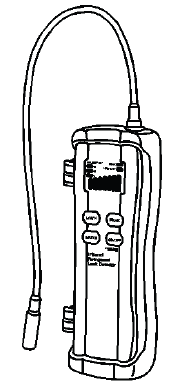
CH 37872
J 37872
Universal Spanner
Wrench
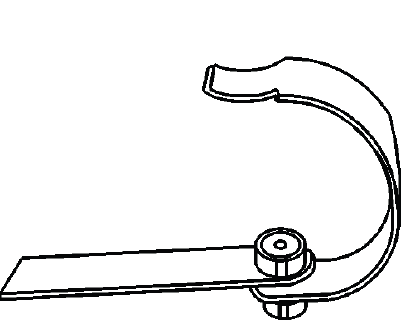
GE 39400-A
J 39400-A
Halogen Leak
Detector
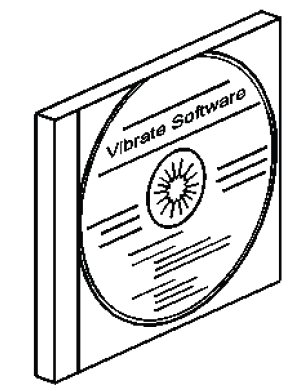
J 41425
A/C Line Repair
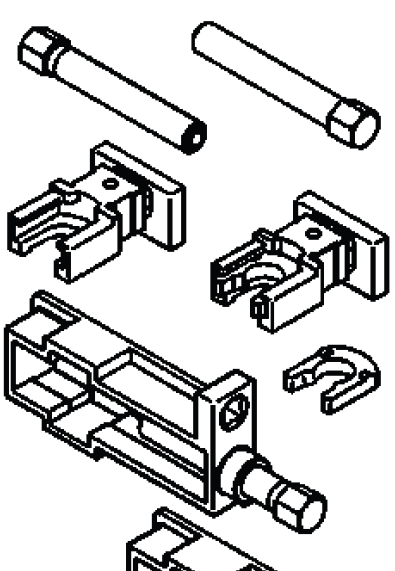
GE 41447
J 41447
R-134A A/C Tracer
Dye- Box of 24
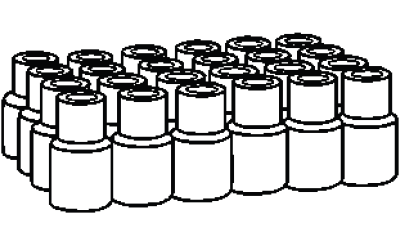
GE 42220
J 42220
Universal 12V Leak
Detection Lamp
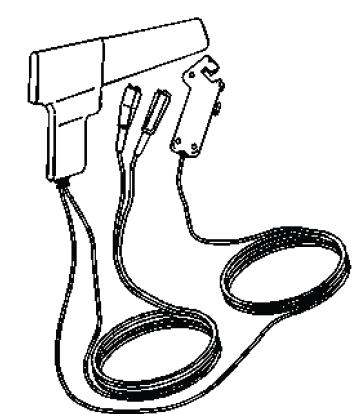
GE 48800
J 43600
ACR 2000 Air
Conditioning Service
Center
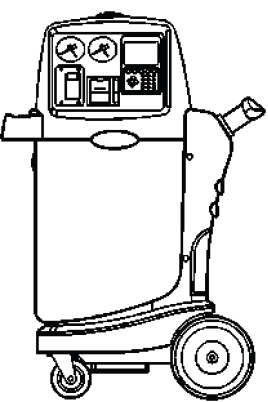
GE 43872
J 43872
Fluorescent Dye
Cleaner
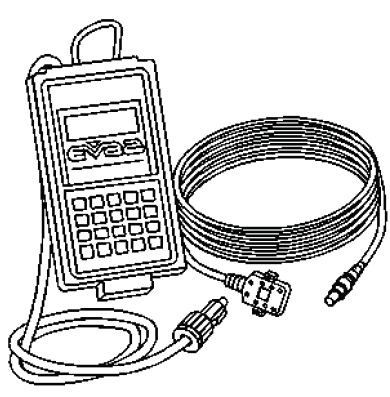
GE 45037
J 45037
A/C Oil Injector
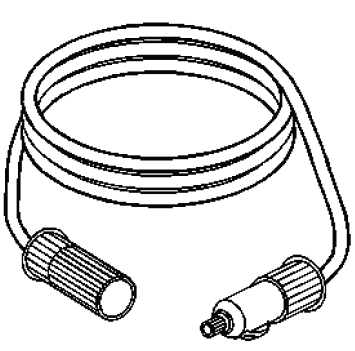
GE 45268
J 45268
A/C Flushing
Adapter Kit
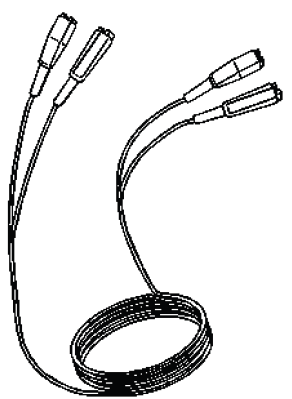
GE 46246
J 46246
Valve Core Tool
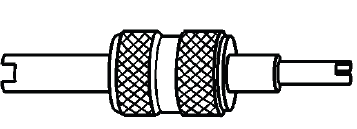
GE 46297
J 46297
A/C Dye Injector
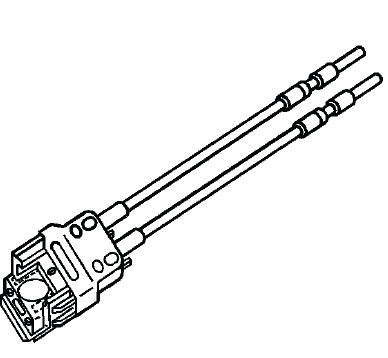
GE 46297-12
J 46297-12
Replacement Dye
Cartridges
